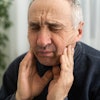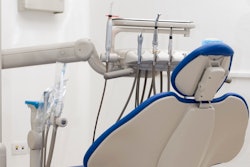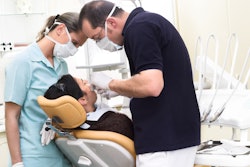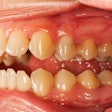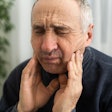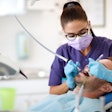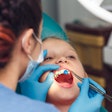
Oral health diseases may severely affect vulnerable populations in the U.S. with limited dental insurance and care, making everyday activities like eating, sleeping, and working challenging. The study was published in Community Dentistry and Oral Epidemiology.
Limited dental insurance and access to oral health services affected the daily lives of adults, those facing care delays, and individuals in rural areas the most, the authors wrote.
"This highlights the need for policy reforms and interventions aimed at improving dental care access to mitigate the detrimental effects of poor oral health on daily functions for vulnerable populations," wrote the authors, led by Tejasvita Chandel of the Harvard School of Dental Medicine (Community Dent Oral Epidemiol, June 14, 2024) in Boston.
This cross-sectional study analyzed data from the 2014 Health Center Patient Survey, which surveyed patients who received care at Health Resources and Services Administration-funded federally qualified health centers in the U.S. Logistic regression analyses were used to assess the likelihood of oral health-related impacts on various daily activities, including school/work performance, sleep, eating/chewing, and social and home activities. The final analysis included 6,890 patients; most participants were between 18 and 44 years old.
Nearly one-quarter reported that oral health issues affected their daily activities. Those who were unable to access needed dental care were particularly impacted, with about 40% experiencing difficulties with eating (95% confidence interval [CI] = 32, 47.9) and almost 29% having trouble sleeping (95% CI = 21.8, 35.8), the authors wrote.
Adjusted logistic regression analysis indicated that adults ages 18-44 were 2.6 times more likely to experience an overall impact on daily life activities than children and adolescents (95% CI = 1.8, 3.7). Additionally, patients in rural areas were 1.4 times more likely to experience daily activity interference due to oral health issues compared to urban residents (95% CI = 1.1, 1.8).
Delayed dental care was associated with 4.7 times the odds of affecting daily activities compared to timely dental care (adjusted odds ratio [aOR] = 4.7; 95% CI = 3.4, 6.5). The inability to access necessary dental care was also linked to higher odds of oral health-related impact on daily activities (aOR = 4.5; 95% CI = 3.4, 6.1). Individuals with dental insurance had lower odds of reporting impacts on daily activities than those without insurance (aOR = 0.6; 95% CI = 0.4, 0.9), they wrote.
When examining specific daily activities, delayed dental care use was the strongest factor associated with impacts on job/school performance (aOR = 5.8; 95% CI = 3.0, 11.2) and usual activities at home and social activities (aOR = 5.5; 95% CI = 3.5, 8.6).
However, the study had limitations. It focused on those patients who were treated at federally qualified health centers and used data from 2014, which may not be reflective of the current times, the authors wrote.
"This study highlighted the negative impact of not having timely dental care utilization and dental coverage on daily life activities indicating prioritizing oral health payment policies that could markedly improve individuals QoL, reduce oral disease and economic societal burdens," Chandel et al wrote.




